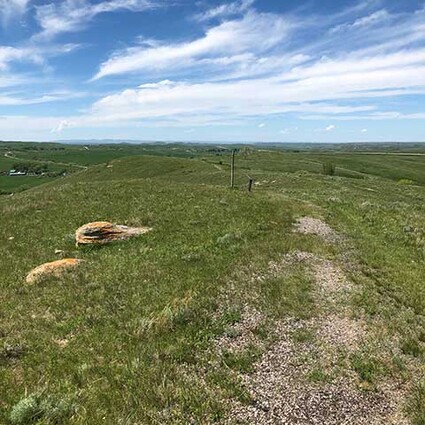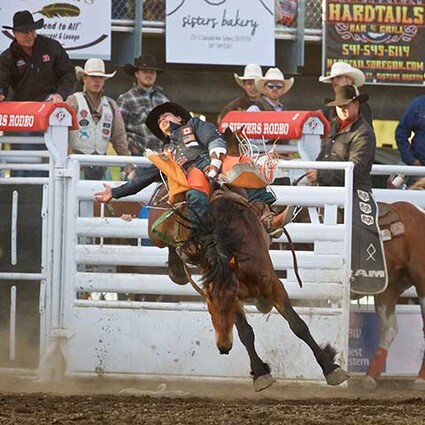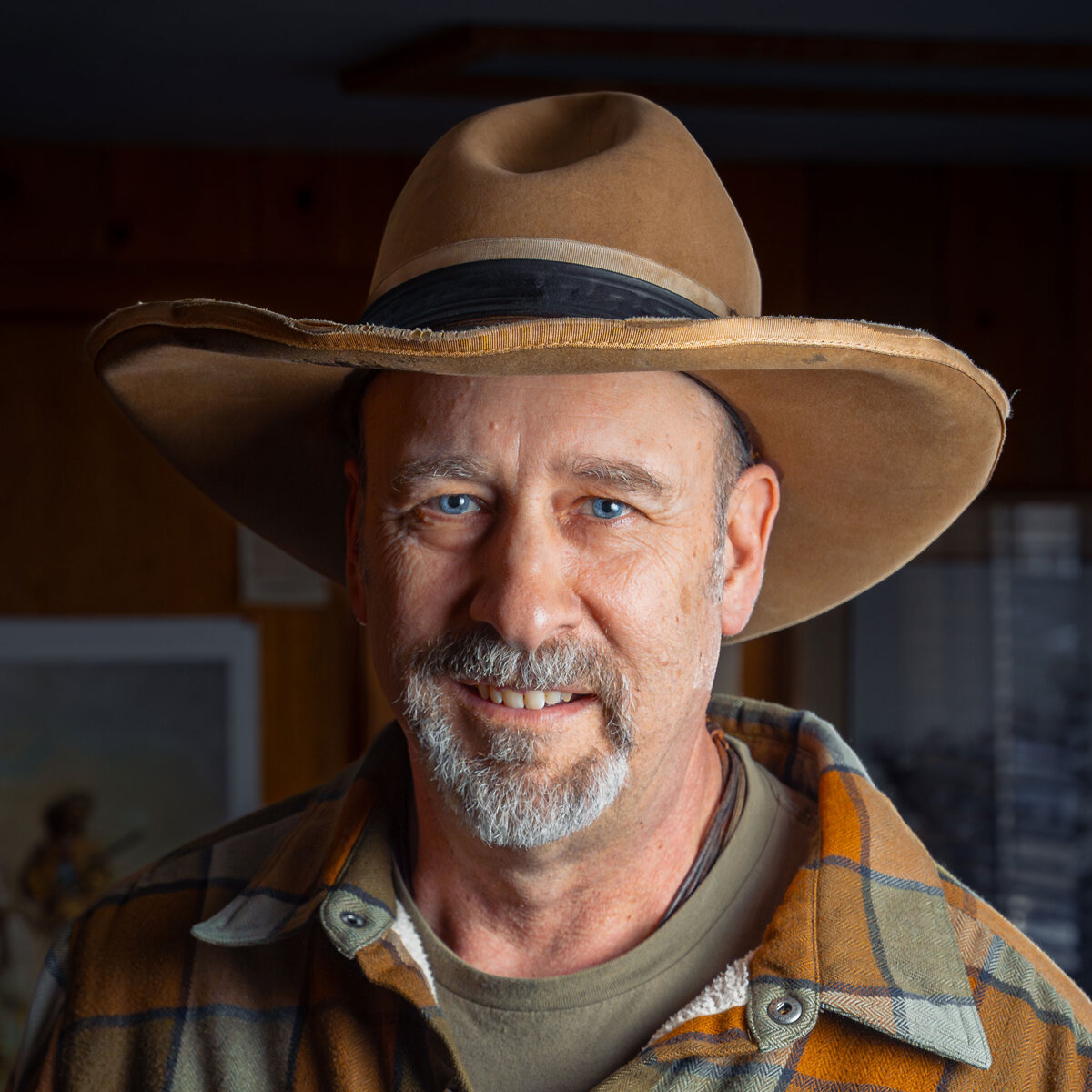A Western story
Last updated 6/12/2019 at Noon
The band they played the anthem then
The clowns fell down in jest
All the people saw again
The winning of the West…
— Ian Tyson,
“Old Cheyenne”
The 79th Sisters Rodeo is history, with the roar of the crowd, the pageantry of the Parade and Grand Entry, the drama of record-breaking rides fading into the warm collective memory of Sisters’ longest-running event.
Rodeo is a modern sport and entertainment enterprise, but one with roots that wind right down into the foundations of the American psyche. As Ian Tyson suggests, it is, in a sense, a passion play that represents the “winning of the West” — and reflects the virtues and character traits required for that winning. Rodeo is a test of skill and the will to dominate (if only for a handful of seconds). The rodeo way of life demands commitment and phenomenal physical, mental and spiritual toughness — which is usually found alongside tremendous exuberance and an ever-hopeful outlook on the future, where the next go-round will, by golly, put us in the money.
It’s hard to find a more quintessentially American ideal than that.
I was served a double-barreled blast of Western history, myth and legend last week. Before going to the Sisters Rodeo, I was in Buffalo, Wyoming, for a newspaper conference. Buffalo, located in north-central Wyoming, is in the heart of high plains country on the edge of the Bighorn Mountains, contested between the Lakota (Sioux) and the Absaroka (Crow), then the Lakota and the U.S. military, then between small-holding ranchers and cattle barons.
I spent Thursday afternoon on a lonely, windswept ridge 15 miles northwest of Buffalo, where, on December 21, 1866, a massive force of Lakota, Cheyenne and Arapaho warriors lured 81 men away from the protection of Fort Phil Kearney and rubbed them out to a man.
Walking ground where a young Crazy Horse led his party of decoy warriors in a deadly, taunting dance created frisson that felt like a lightning bolt shot down the spine. Other than interpretive signs and a stone cenotaph built where many of the soldiers fell, the site is undeveloped and looks just as it did 153 years ago. It is easy to see the way the short, vicious ambush and running fight developed. The past is very much present there.
I stayed at the historic Occidental Hotel, built in 1879 and opened in 1880. Everyone from Calamity Jane to Butch Cassidy, from cattle-detective-turned-killer Tom Horn to Theodore Roosevelt and Ernest Hemingway stayed there at one time or another. I sat at the bar in the Occidental Saloon listening to Waylon Jennings, where over a century ago the Harvard-educated Easterner Owen Wister soaked up cowboy culture. Wister created many of what we think of as the classic tropes and archetypes of the Western in his 1902 novel “The Virginian.”
The mythic West has lived alongside the historical West right from the git-go, and both myth and history are constantly being revised as we define and re-define who we are and want to be as a people and as a culture.
Some of that revision is healthy and beneficial, deepening and broadening our understanding of the frontier experience and our own identity. Some revision is corrosive.
Since the mid-20th century, there has been a trend toward a crude and crass revisionism that seeks to leach out every bit of heroism and romance from the story of the West and to downgrade the qualities of stoicism, self-reliance and grit and gumption that are exemplified in the character of the American Cowboy.

Jim Cornelius
The lonely ridge where 81 men under the command of Captain William Judd Fetterman were rubbed out by a force of 1,000 Sioux, Cheyenne and Arapaho warriors on December 21, 1866.
There is another kind of revisionism that recognizes the real virtues and values contained in the bedrock mythology, but expands the story of the West to make it deeper and richer than simple Cowboys & Indians or Lawmen & Outlaws melodrama. The story of the West is the story of men and women, of people of great wealth and of hardscrabble poverty, of an ongoing and often violent struggle between capital and labor, and a conflicted and complicated relationship with landscape and environment.
A wild diversity of creed and ethnicity was present in the frontier West from the earliest days: indigenous peoples, Anglo-Saxons, Basques, Chinese, Irish, Scots and Scots-Irish, Japanese, Hispanics, African Americans, Pacific Islanders, Jews, Gentiles, Mormons, Catholics, Protestants and atheists…
The story of the West is a multi-faceted human drama played out across a vast, forbidding, yet beautiful landscape, far more compelling than any game of thrones could ever be. And when we embrace it in all its contradictions, in all its heroism and heartbreak, we can all rise in the bleachers at Sisters Rodeo as the Stars and Stripes stream by, doff our hats in respect and honor for all who have gone before, and be proud to be a part of the pageant — proud to be an American.



















Reader Comments(0)